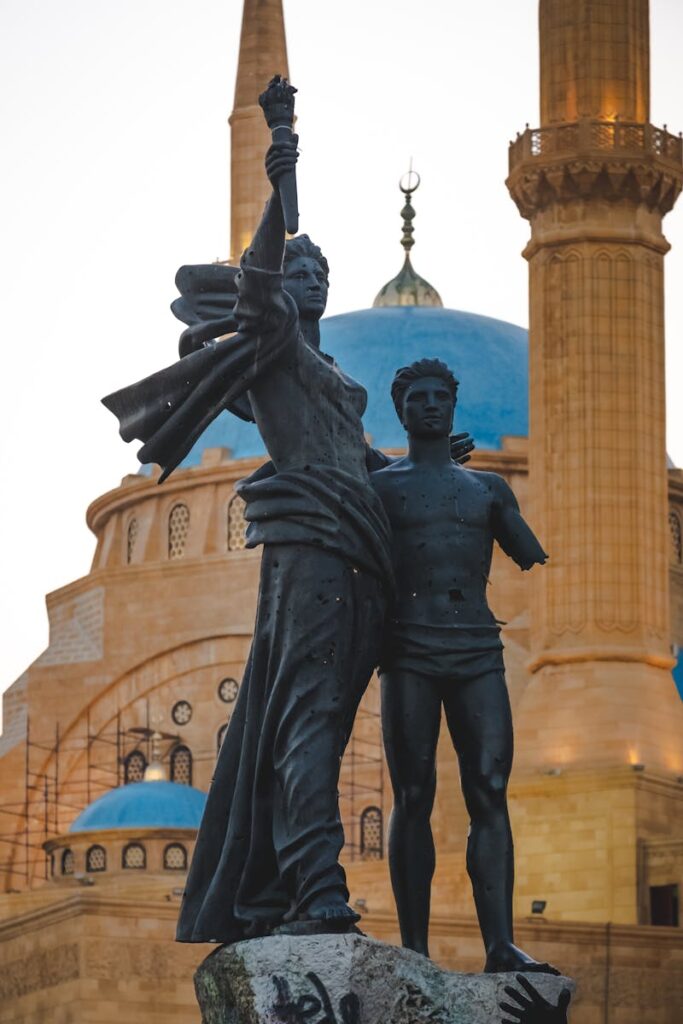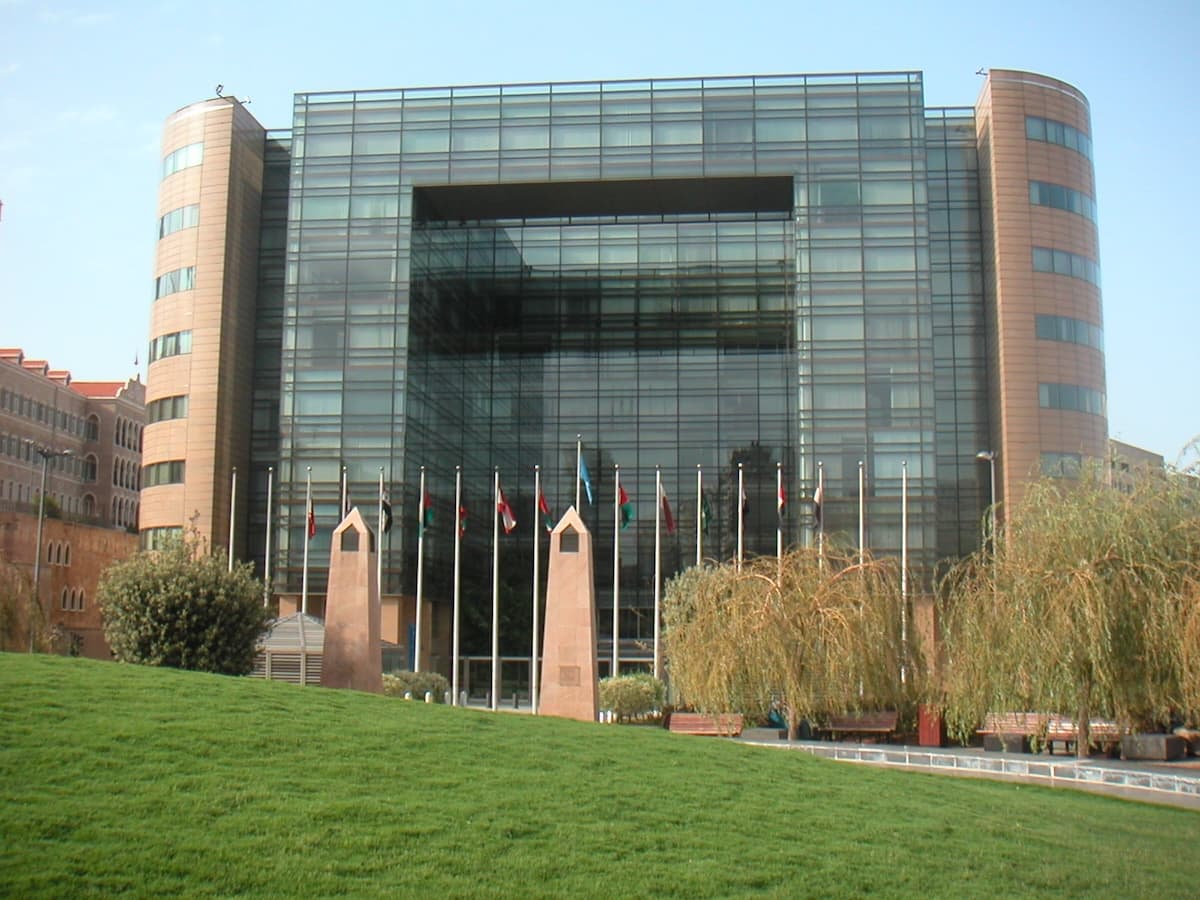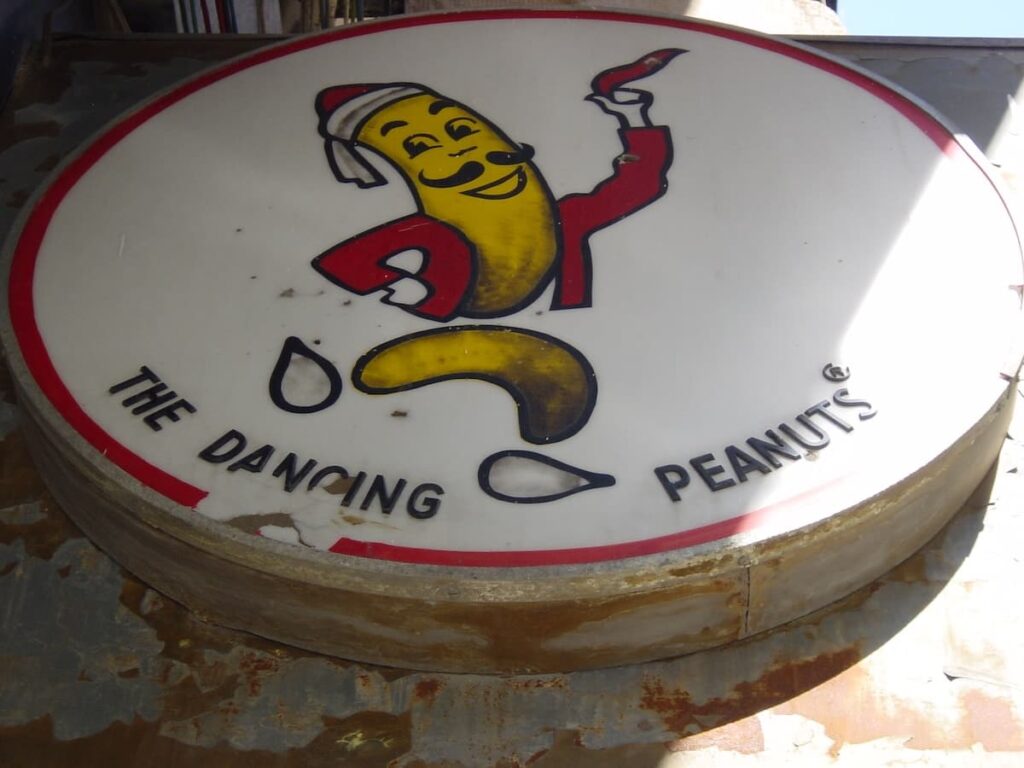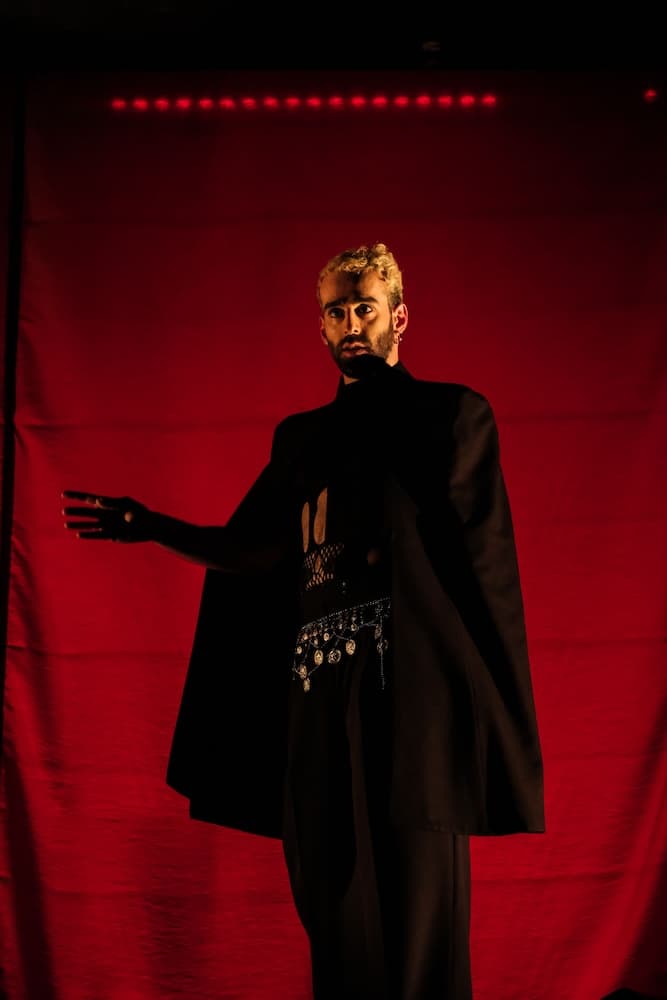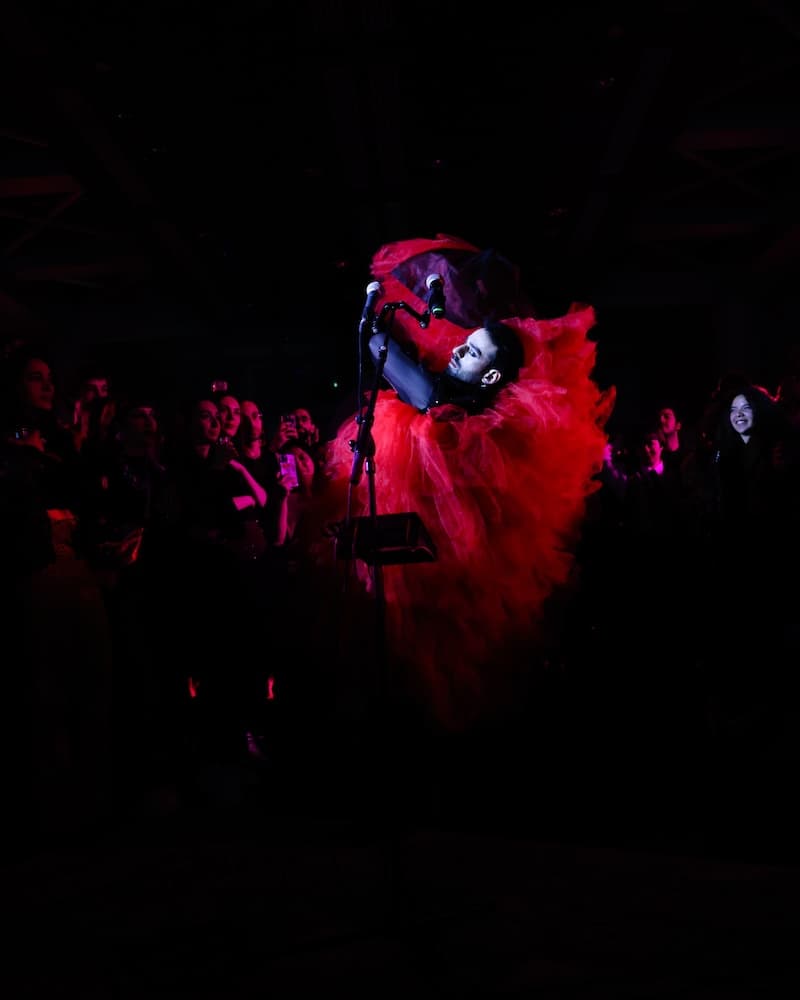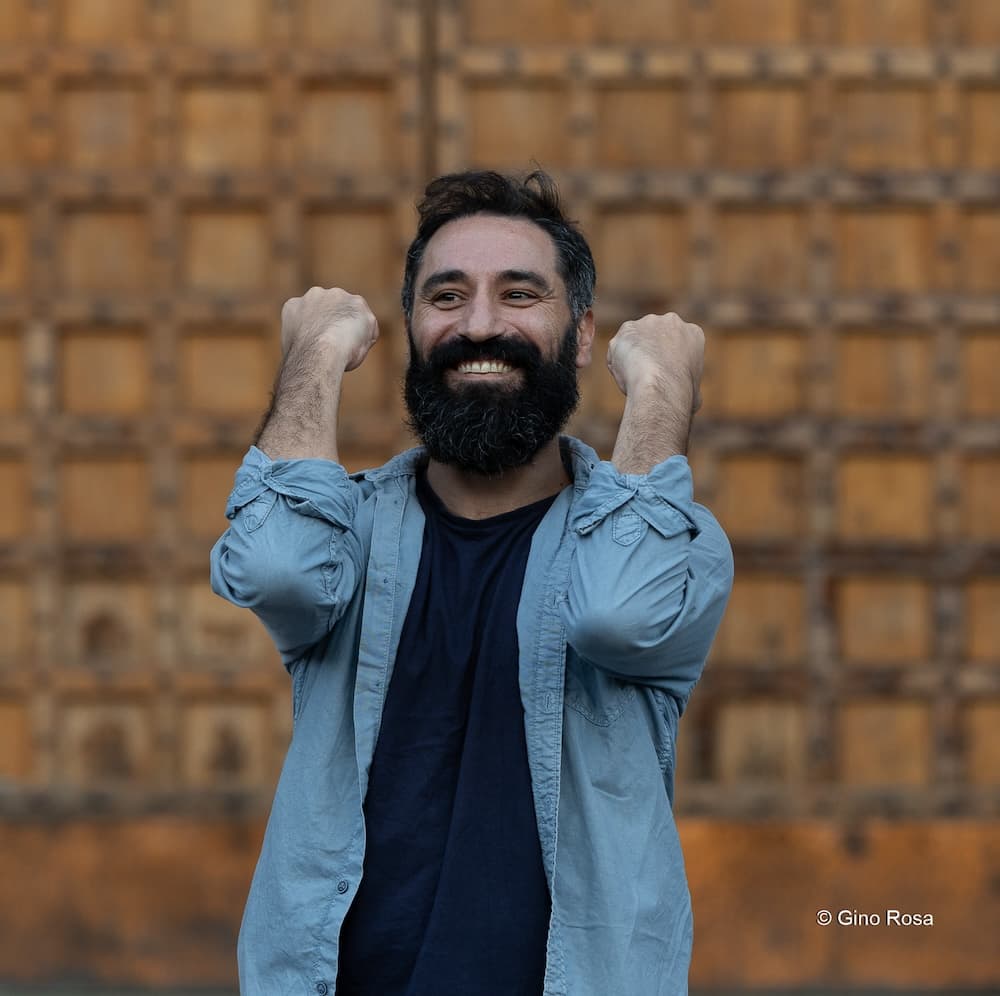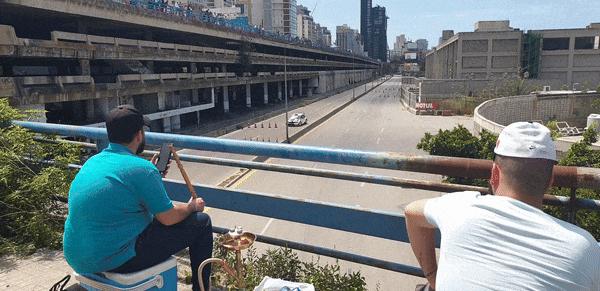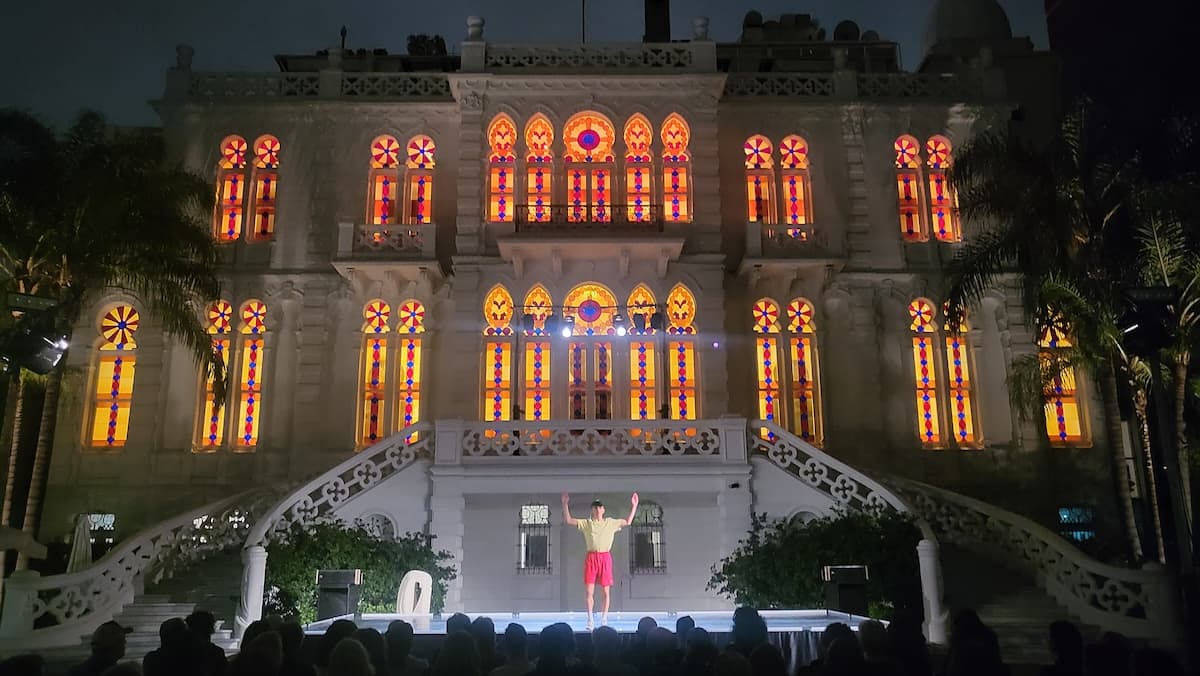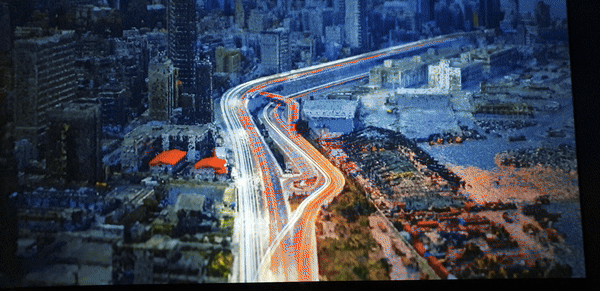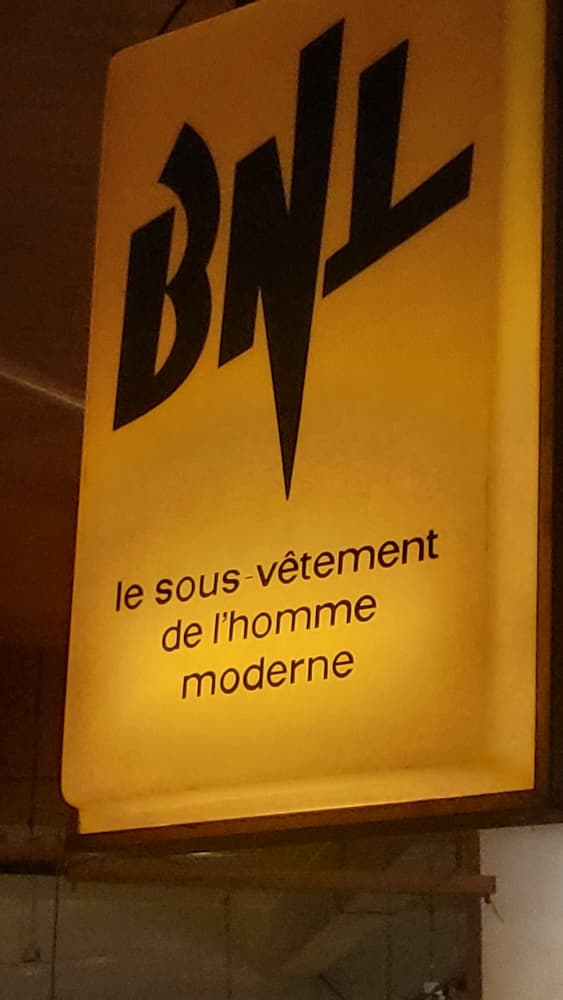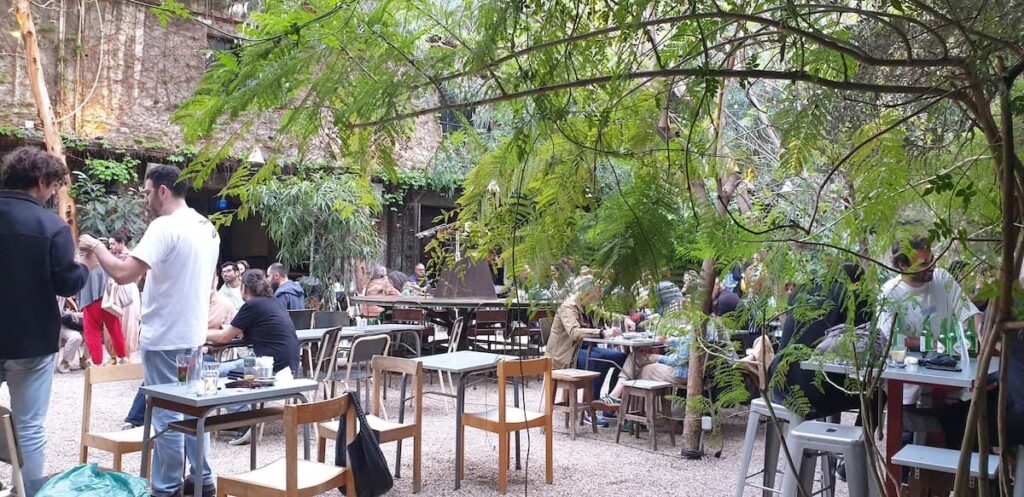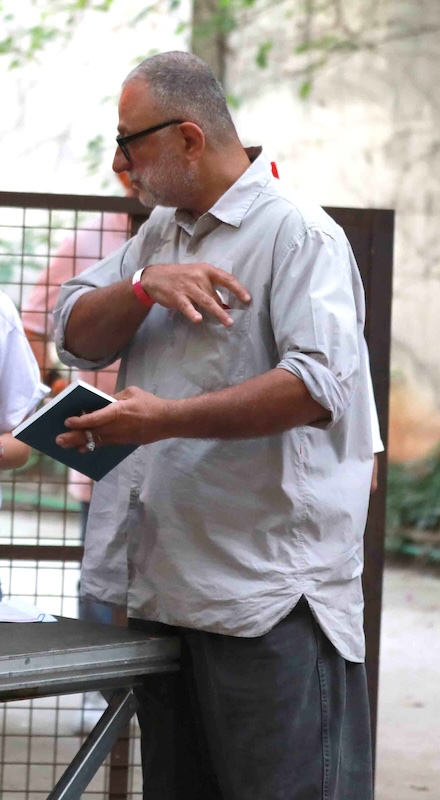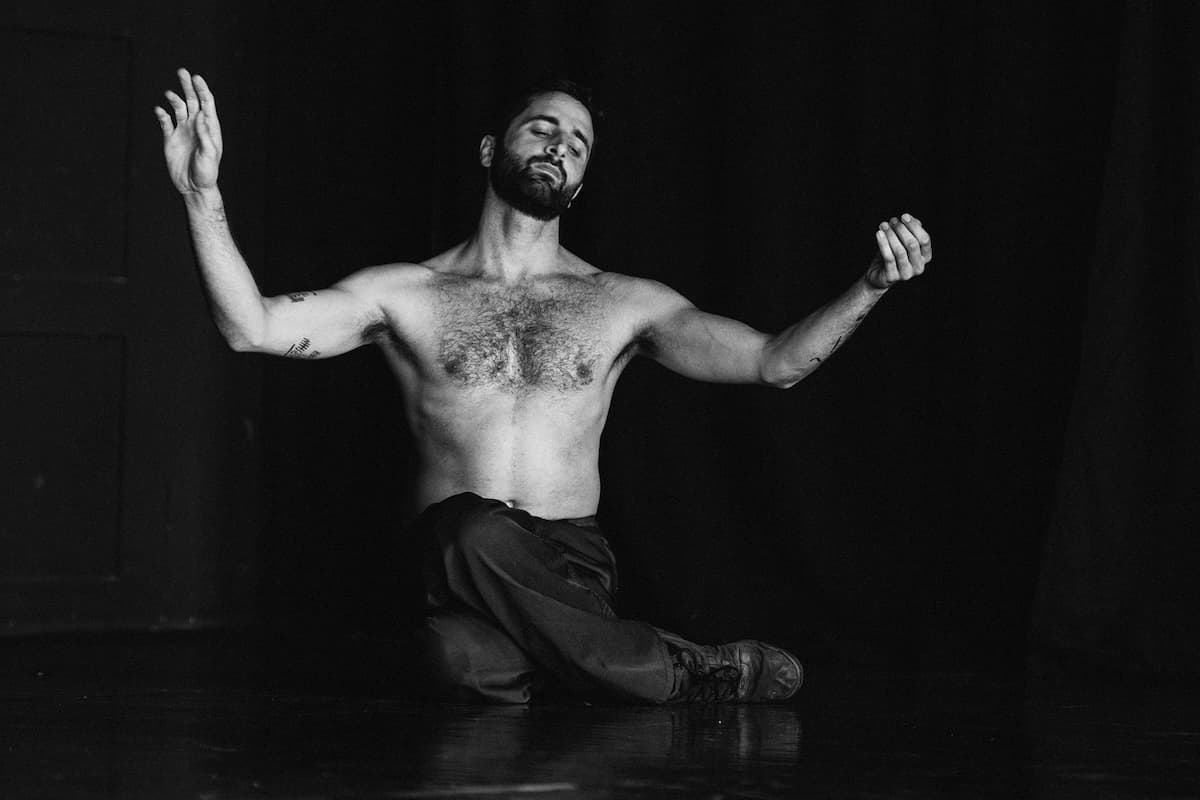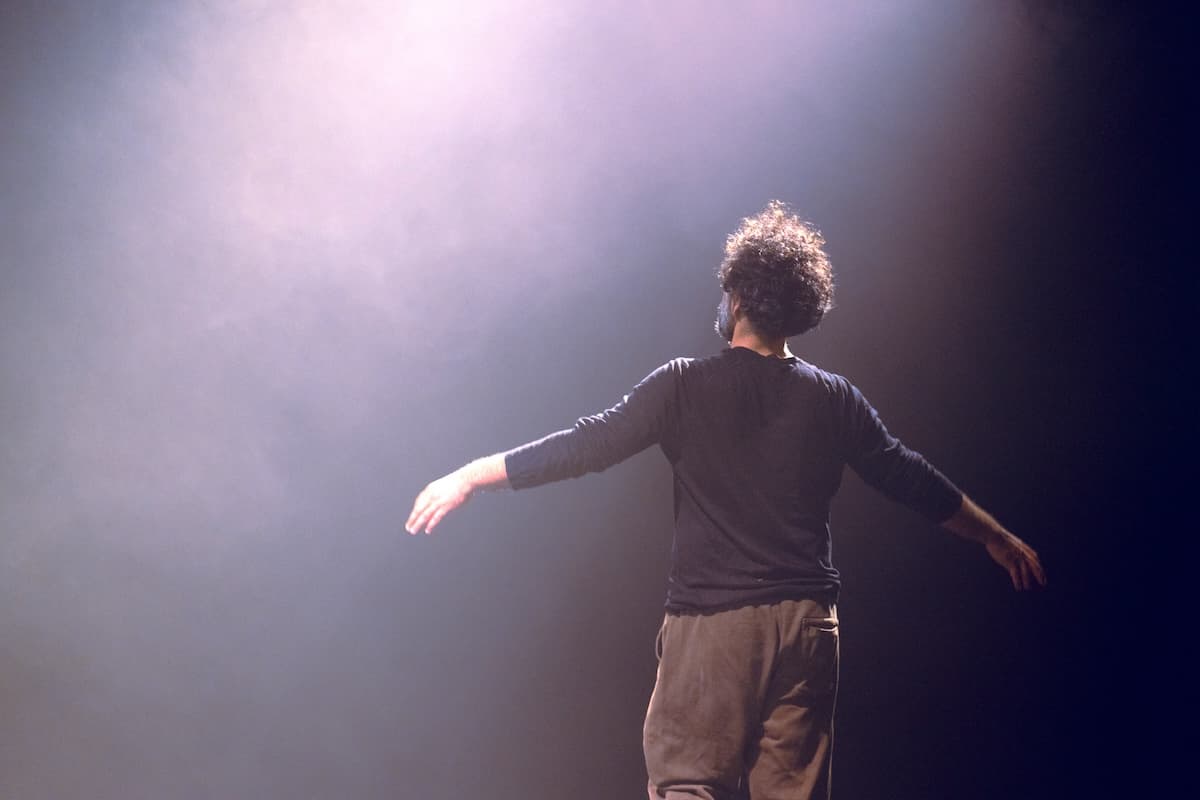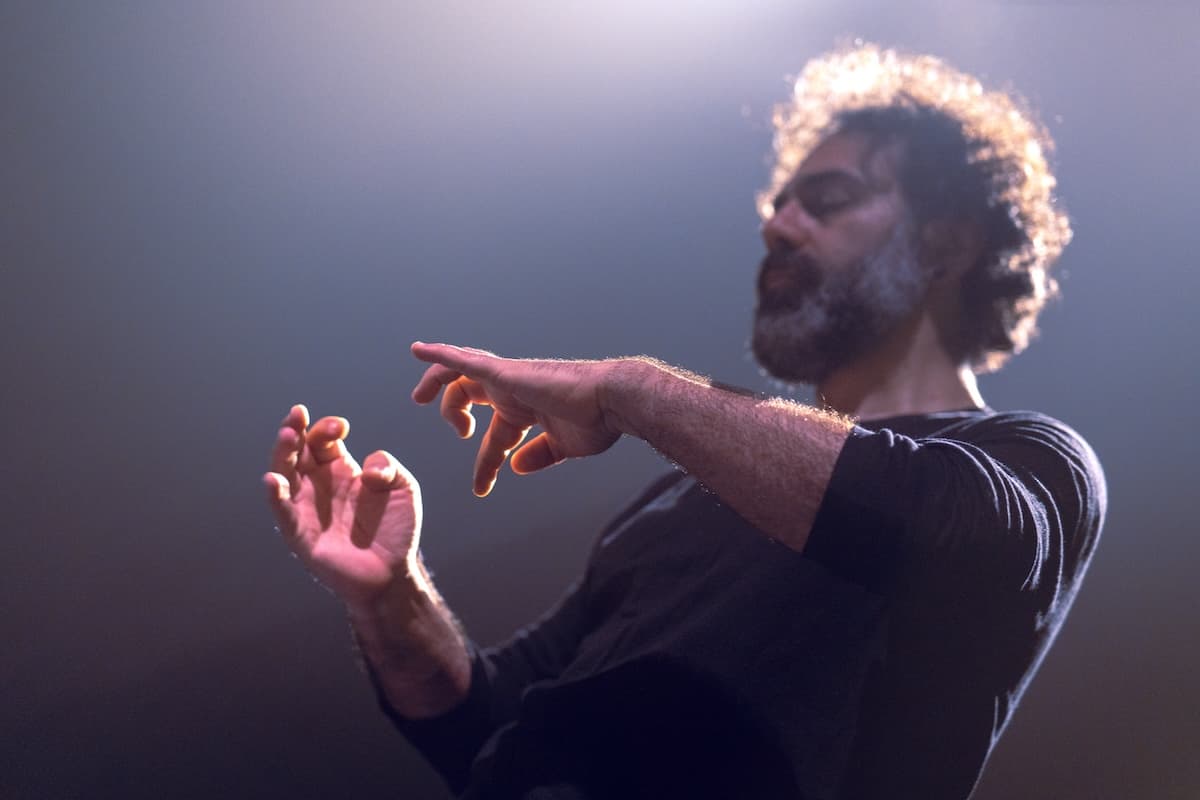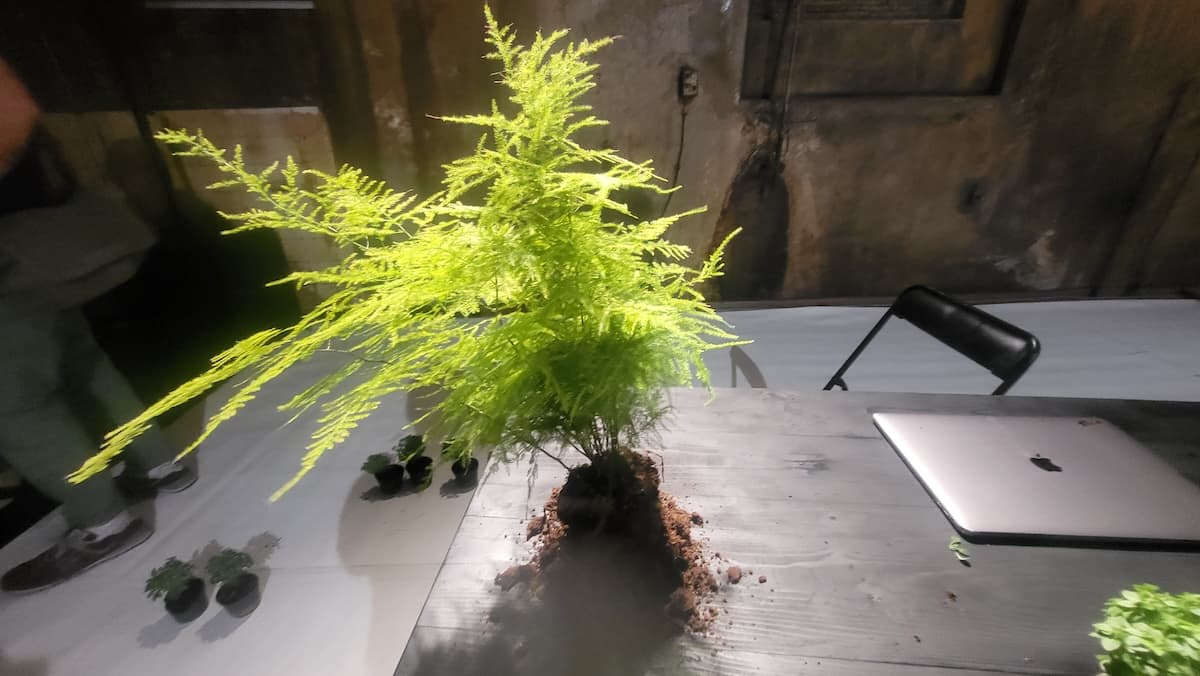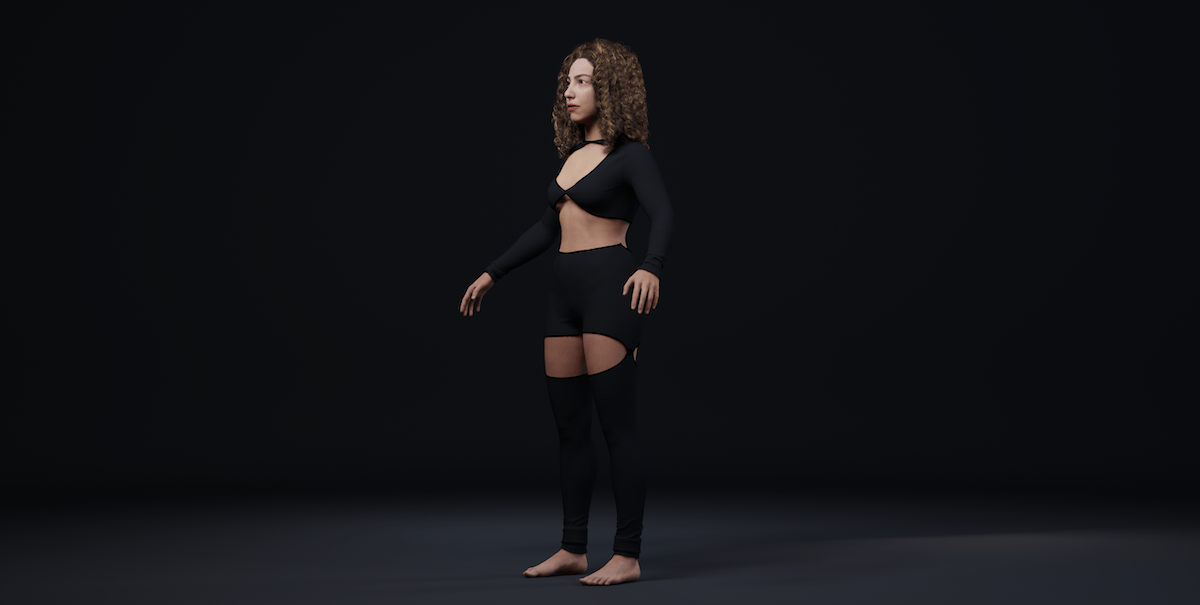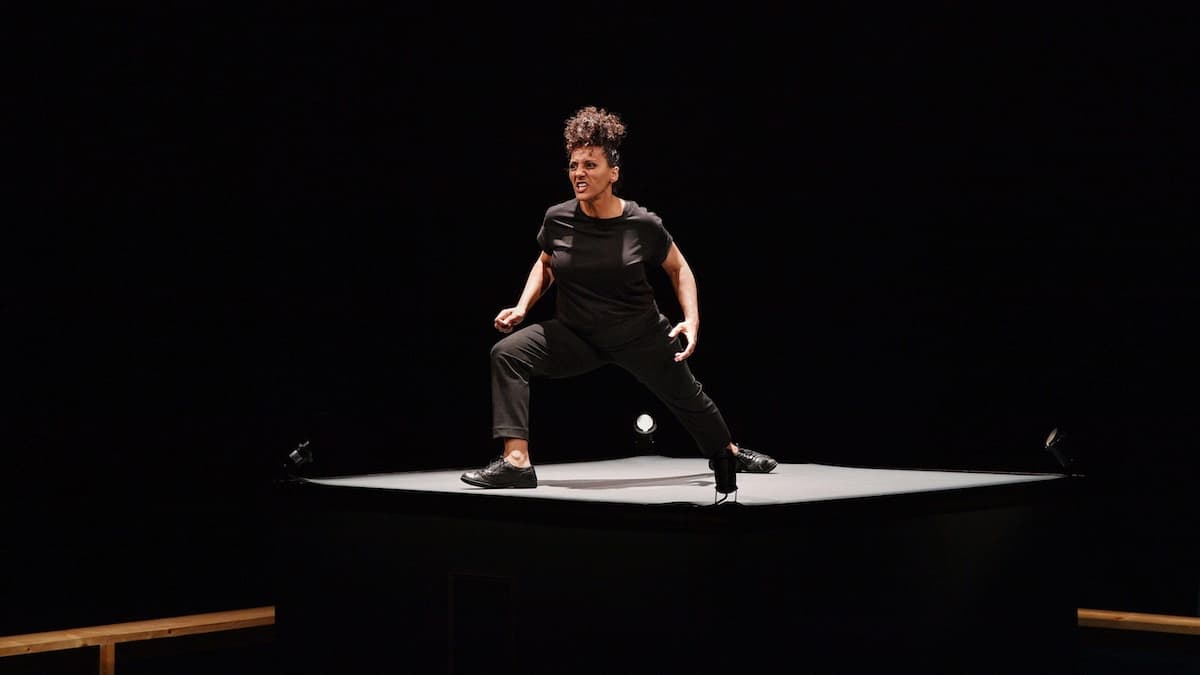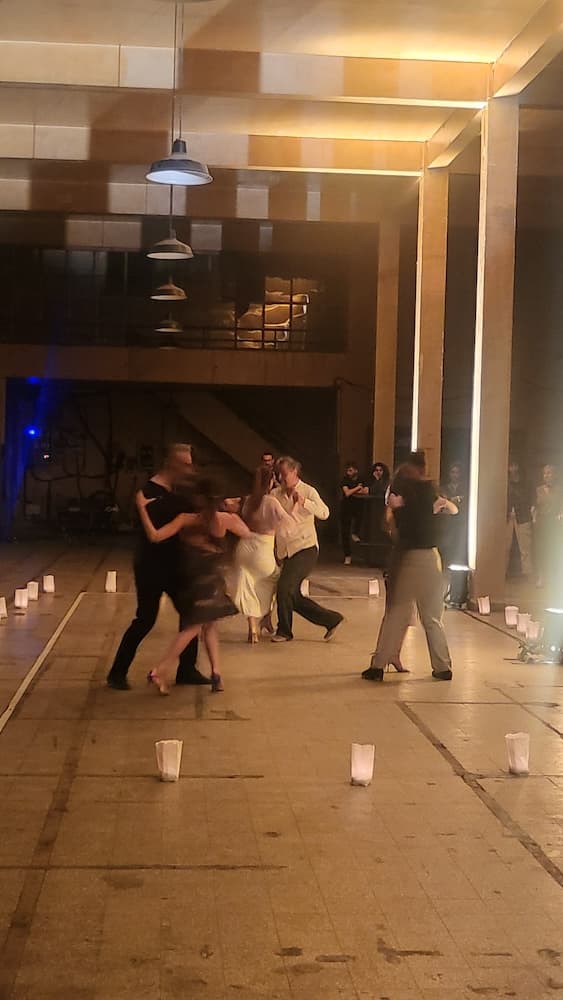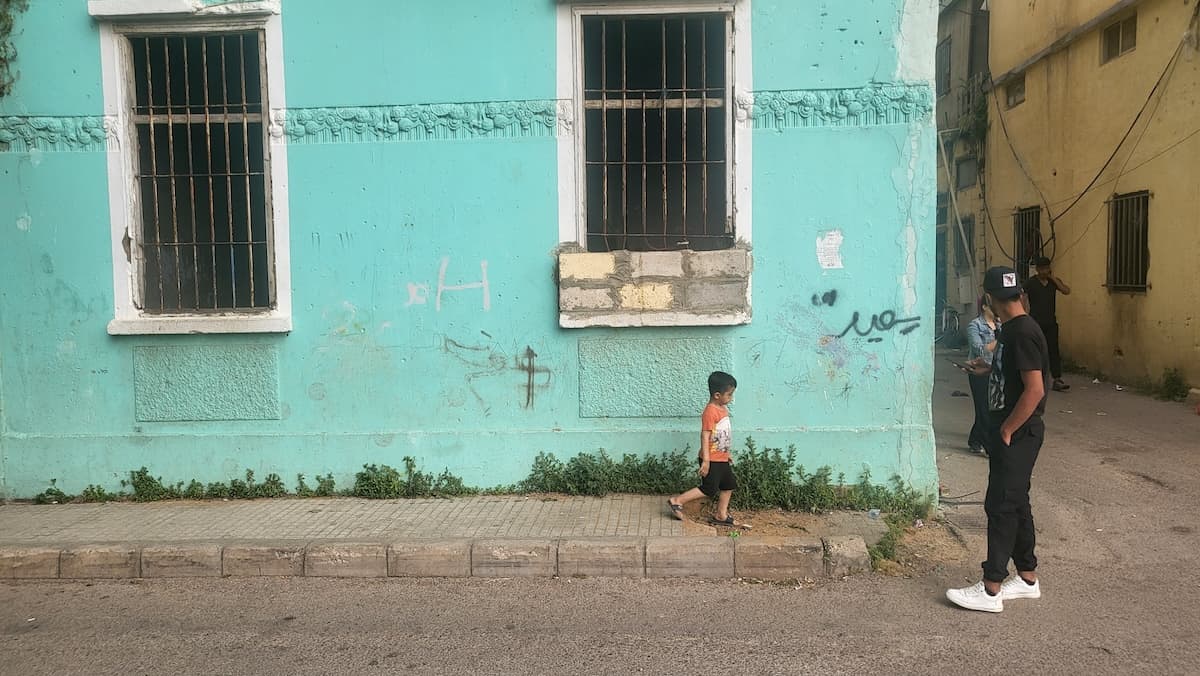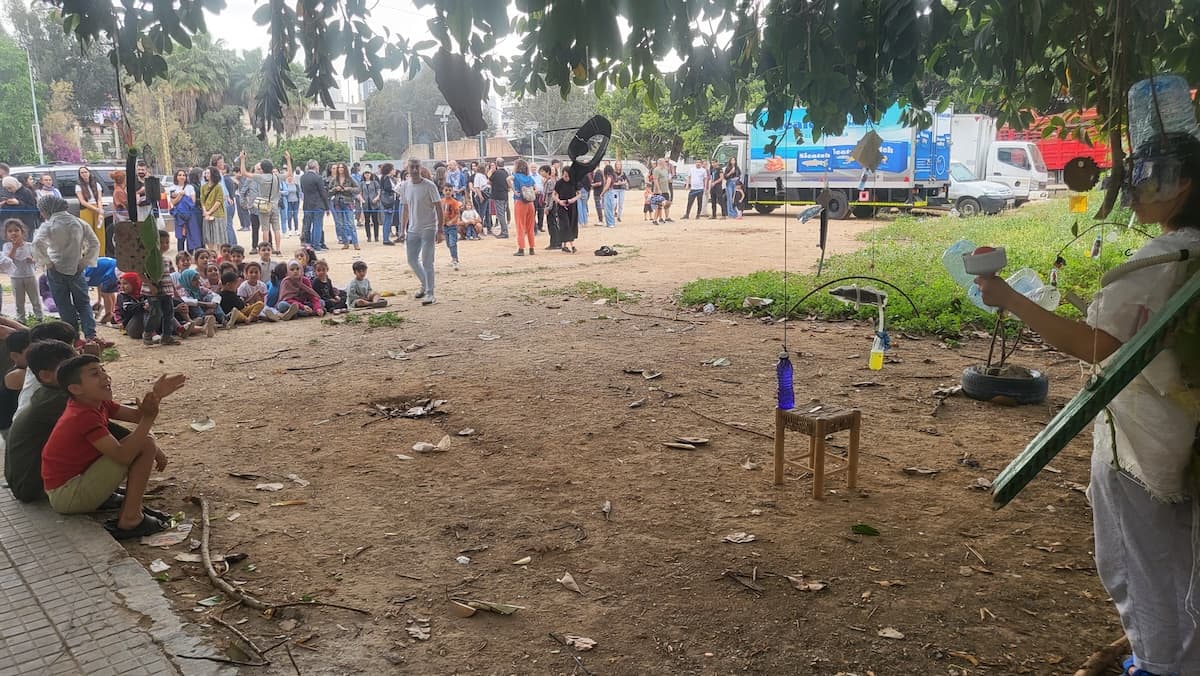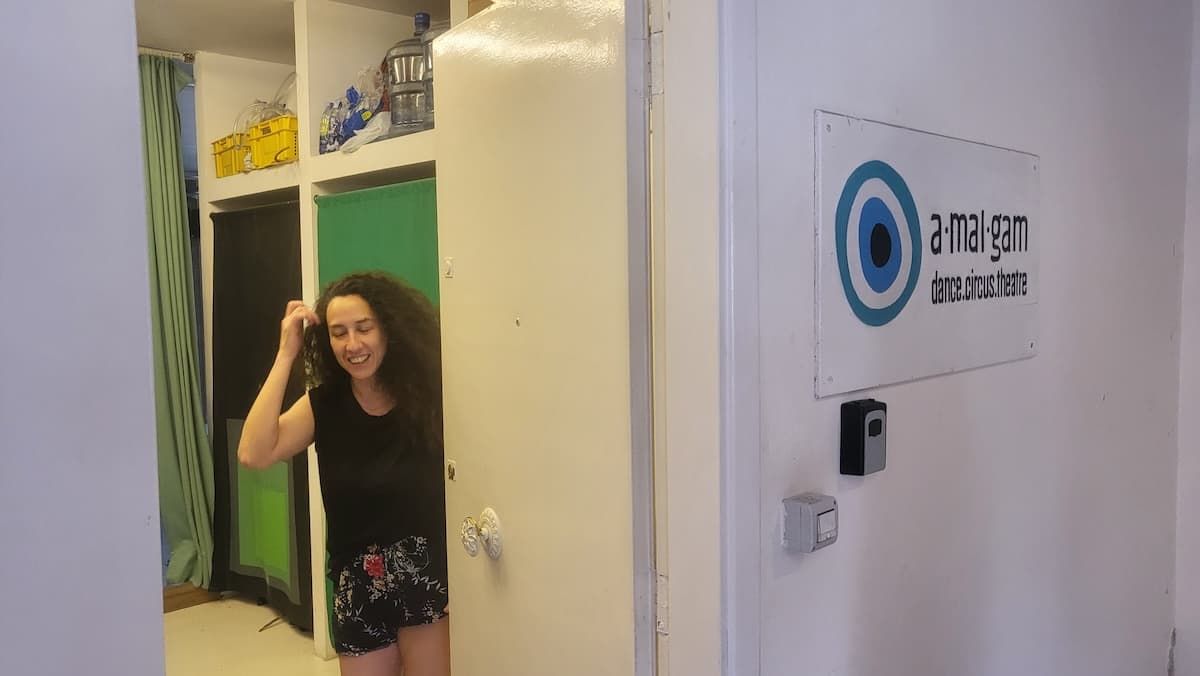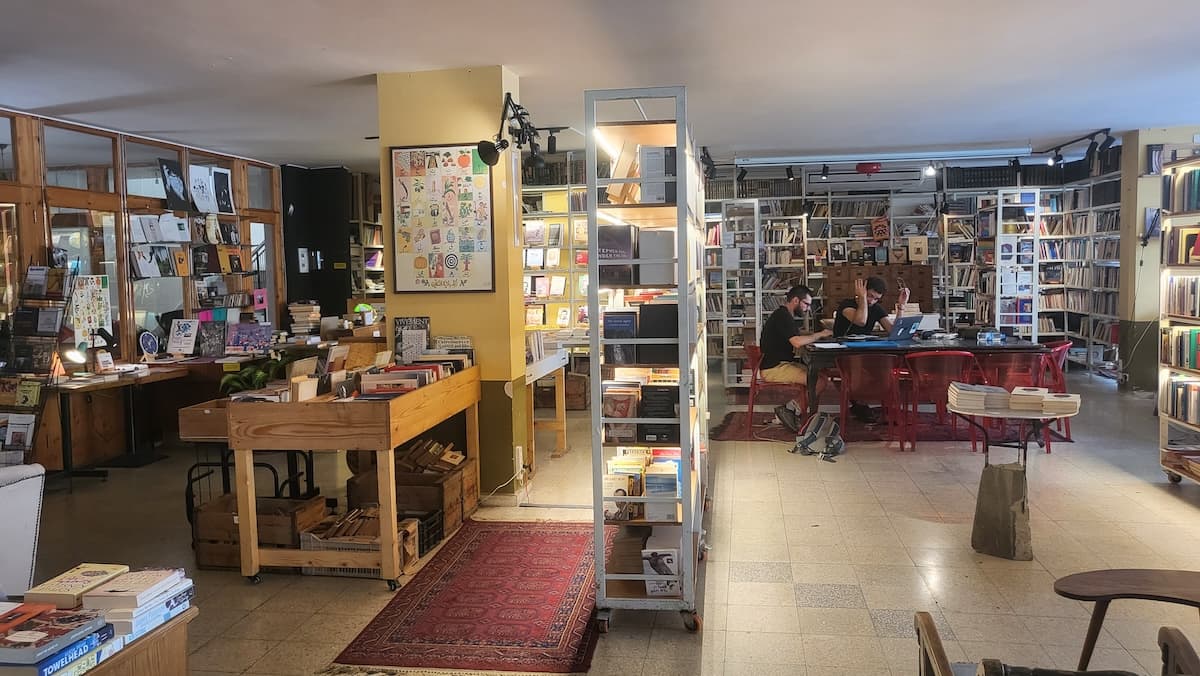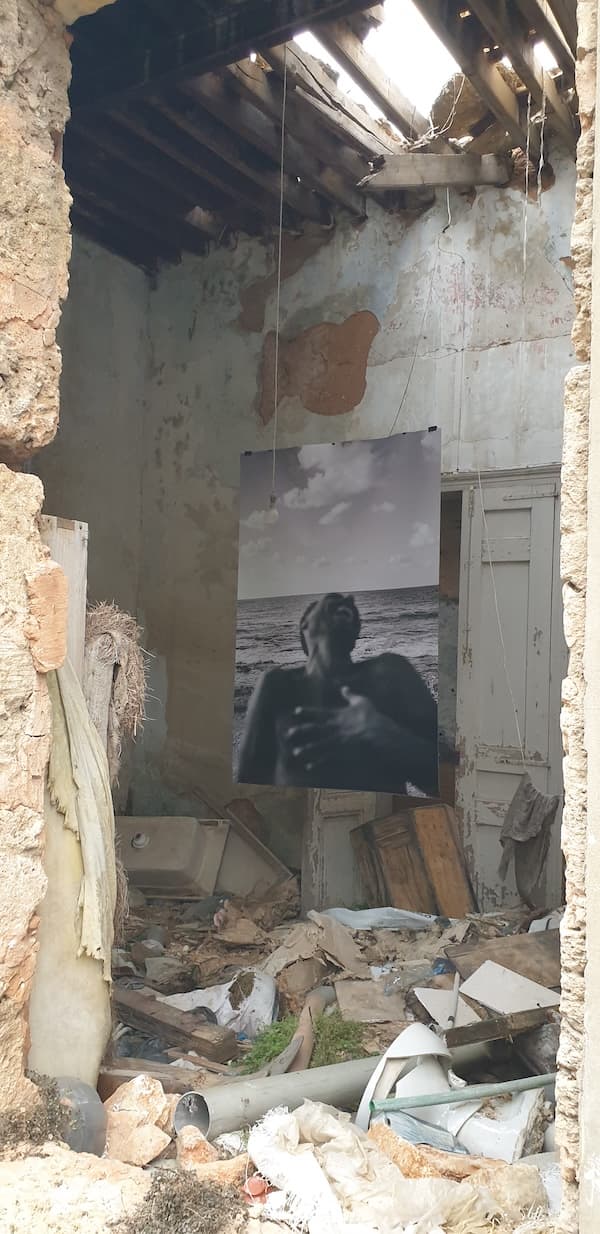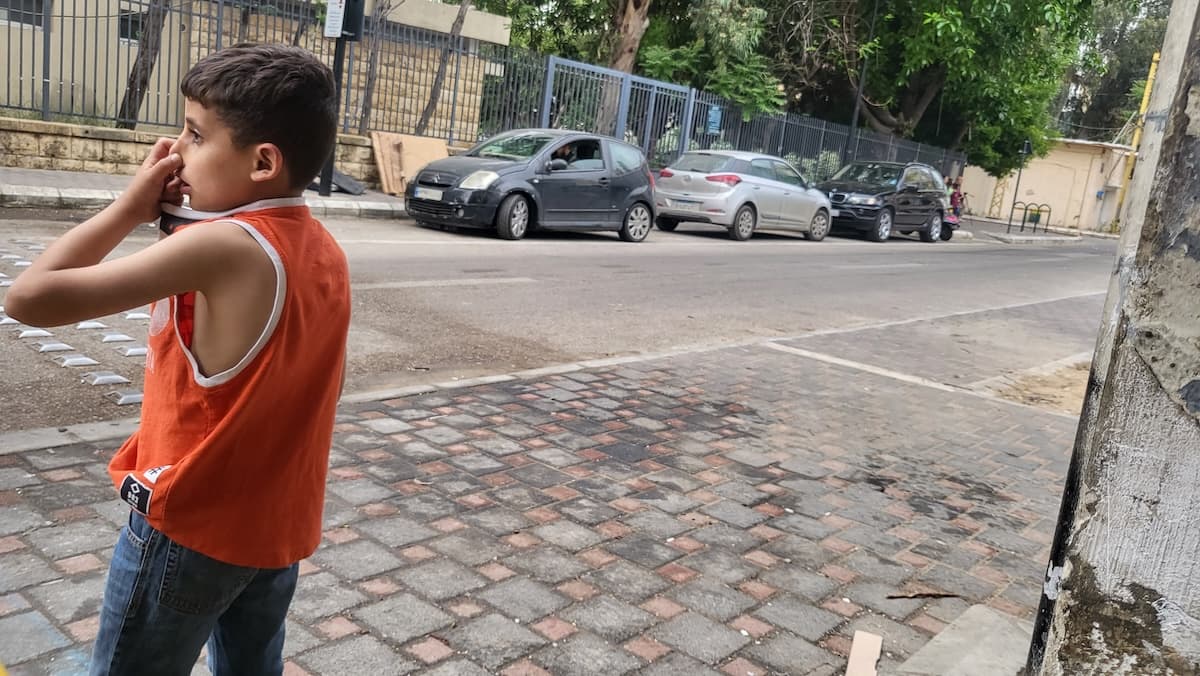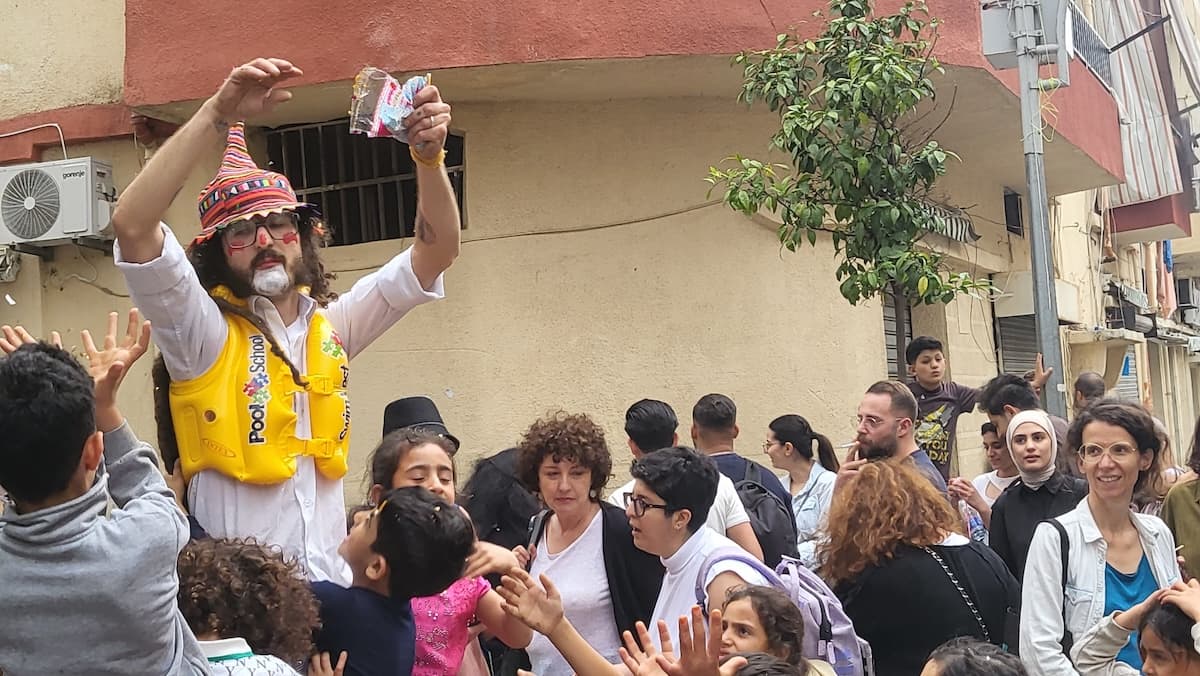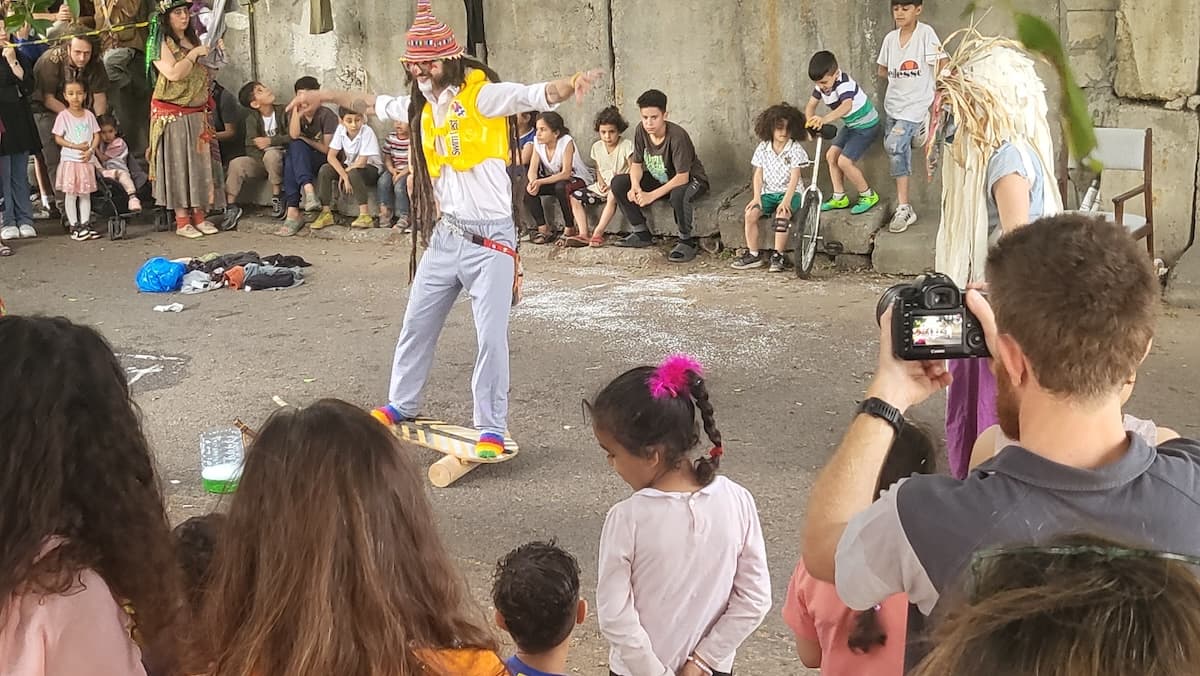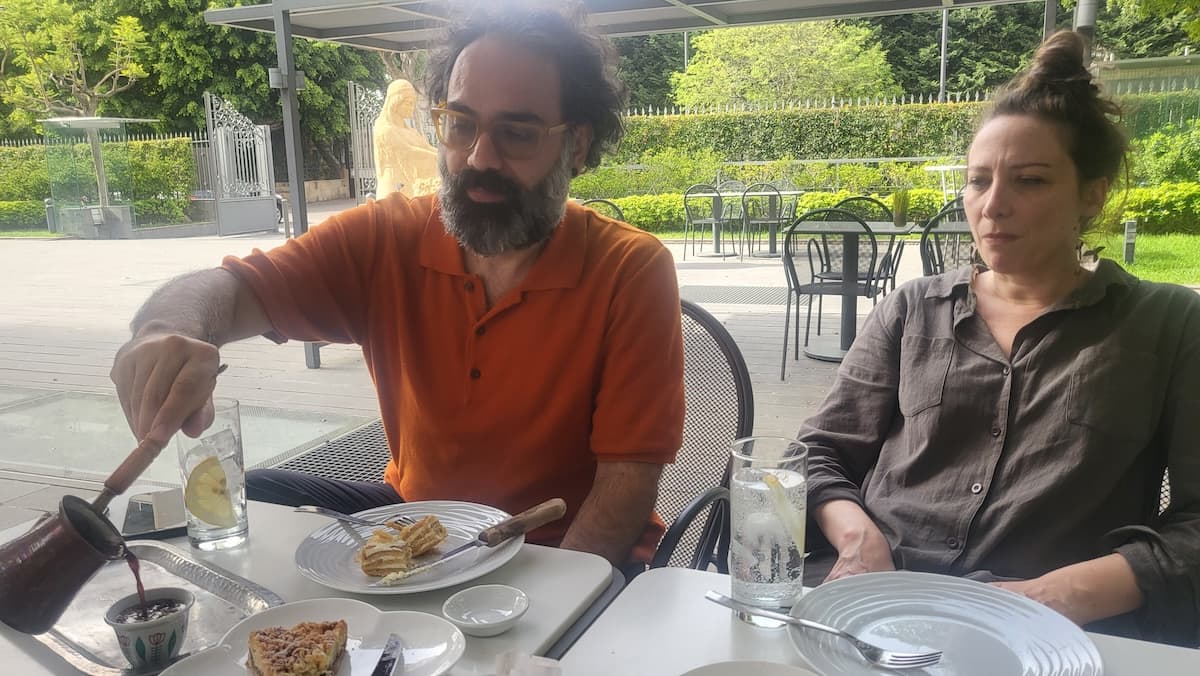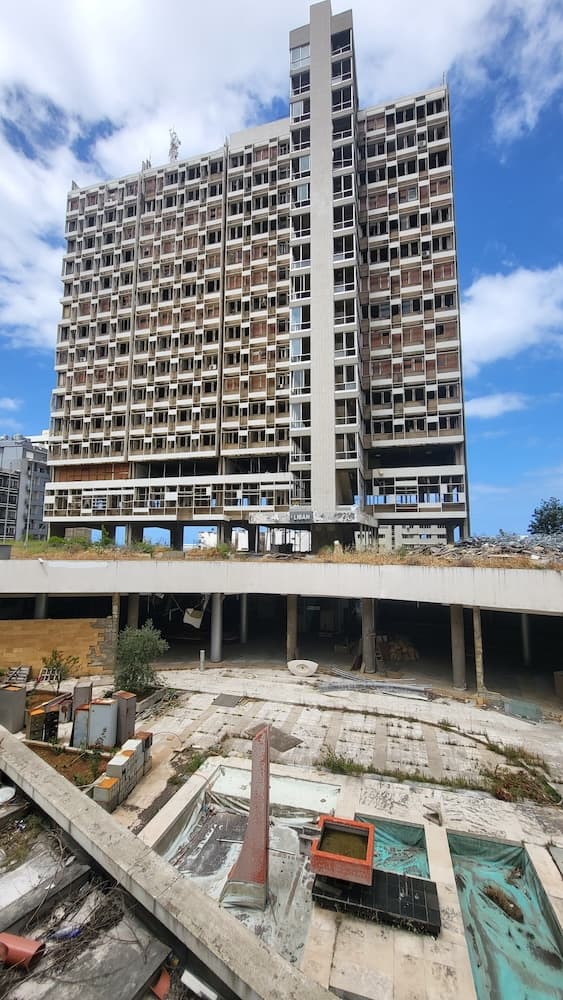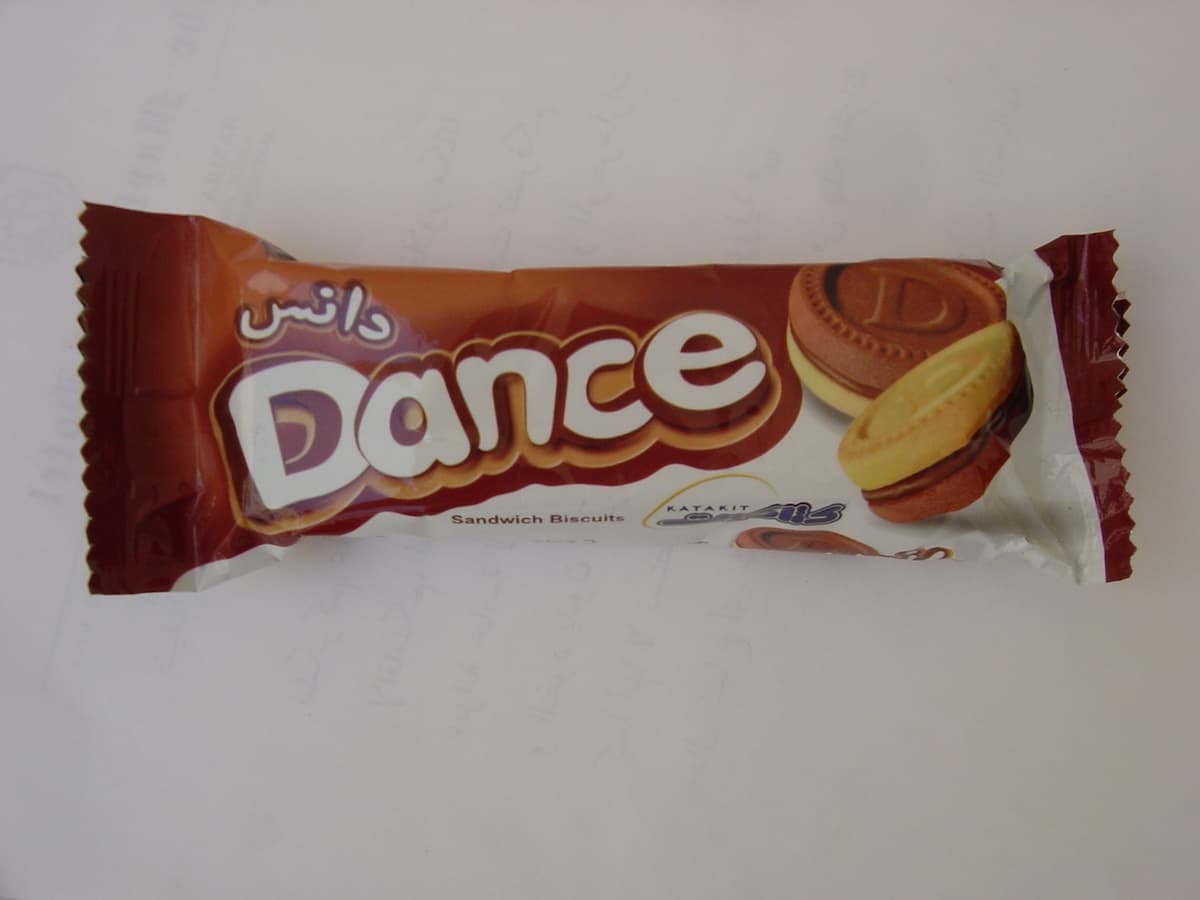To finally escape the desolation of Beirut’s theaters, dancer Mia Habis and her husband, Omar Rajeh, had a gigantic mobile theater dome built out of simple elements: the Citerne. It was a miracle of mobile theater architecture that had to be dismantled immediately after the 2017 Bipod Festival, because the couple refused to ask the governor of Beirut for patronage. He, too, is no longer in office, having spent years managing a national library that contained no books, just as he managed “The Egg,” an old Brutalist-style cinema in Martyrs’ Square. On October 17, 2019, this vacancy was ended by demonstrators with the same determination as the vacancy of the former opera house a few meters away – both are still in an appalling state. The demonstrations against the government, the protests against the emptying of the state coffers, against the theft of one’s own money by the bank, against massive corruption, in short, against the state as such, have had an effect. The Citerne is now stored at the top of Mount Lebanon, the mountain range overlooking Beirut that serves as a retreat for the Lebanese during the hot summer months. Only some of the technical equipment has been unpacked – sound equipment and spotlights – in order to celebrate the twentieth anniversary of the Bipod Festival as a “feast,” as Omar Rajeh emphasizes. For a long time, they doubted the practicality of an international dance festival on Beirut soil. They could no more imagine a parade through the city like that which the Biennale de Lyon organizes in its new home than they could picture a showcase of dance stars whose performances are so popular that audiences fight for tickets months in advance. This is not Beirut. Beirut is a community that drew closer together after the state’s bankruptcy, after Covid and its most visible warning sign: the silo explosion that almost completely leveled entire neighborhoods in eastern Beirut, including the Central District, Mar Mikhael, Al Hikme, and Karantina, and also severely damaged more distant but elevated places such as Mar Mitr, with its famous Sursock Museum.
